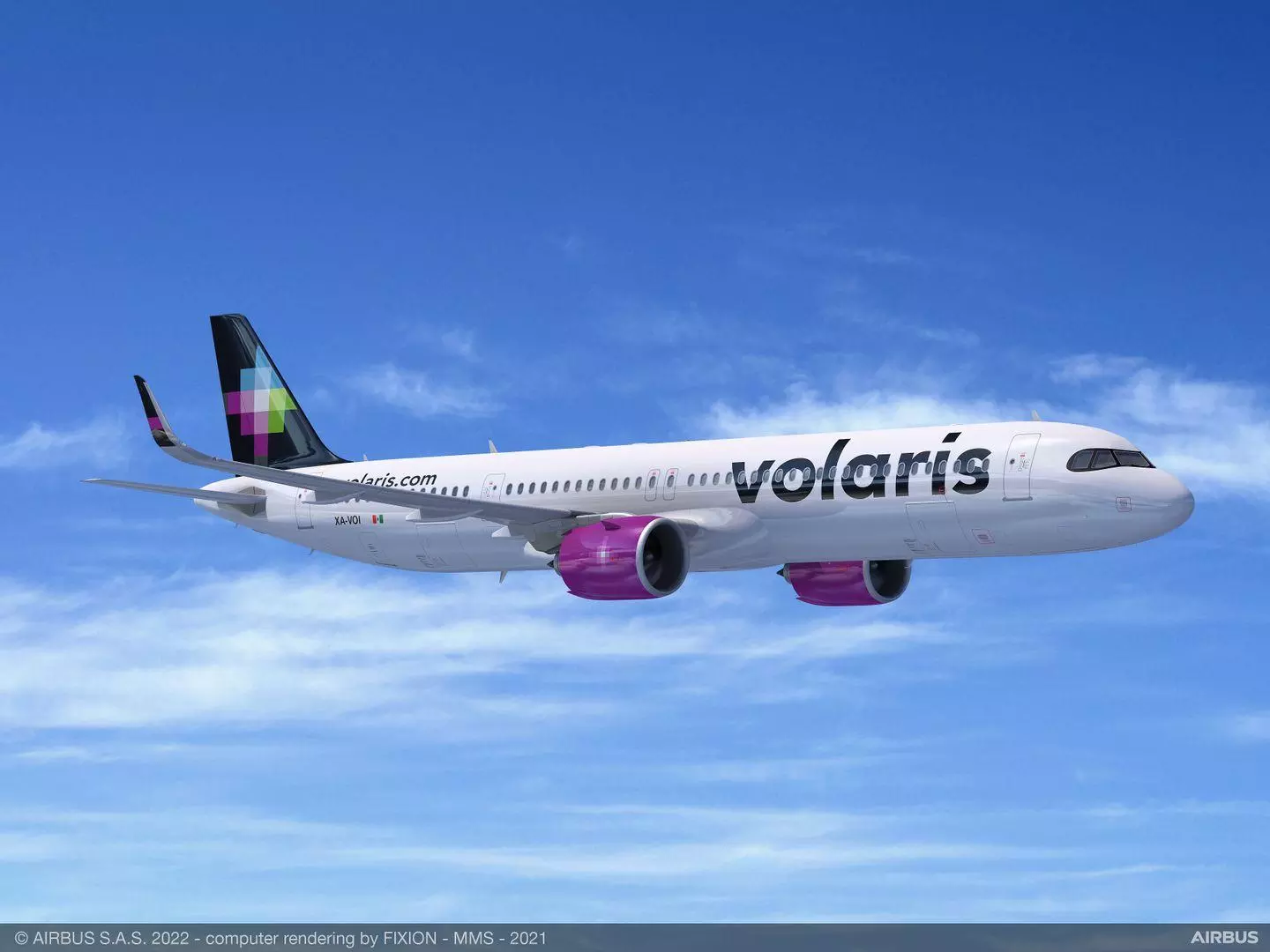Amsterdam Schiphol Airport: Navigating Expansion Amid Environmental Concerns
Amsterdam Schiphol Airport, a vital hub in the global aviation network, is at a crossroads. With plans to increase its capacity in the coming year, the airport is addressing the delicate balance between growth and sustainability.


Amsterdam Schiphol Airport: Navigating Expansion Amid Environmental Concerns
Key Takeaways:
- Amsterdam Schiphol Airport is planning to increase its capacity in 2024, reversing earlier flight cuts.
- The expansion is contingent on airlines' willingness to reduce peak-time activities.
- Environmental and noise concerns remain central to the airport's operational strategies.
Amsterdam Schiphol Airport, a vital hub in the global aviation network, is at a crossroads. With plans to increase its capacity in the coming year, the airport is addressing the delicate balance between growth and sustainability. This editorial delves into the complexities of Schiphol's expansion plans, the environmental and noise concerns that necessitate careful planning, and the collaborative efforts required from airlines to make this a reality.
The Strategic Importance of Schiphol Airport
Amsterdam Schiphol Airport is not just the Netherlands' largest airport; it's a cornerstone of European air travel. As a major connecting hub for flights between Europe and the rest of the world, Schiphol's strategic importance cannot be overstated. The airport's growth plans are, therefore, of significant interest to the international travel community and the Dutch economy.
However, this growth does not come without its challenges. The airport has been under scrutiny for its environmental impact, particularly concerning noise pollution and emissions. The planned capacity increase is a response to these challenges, aiming to balance the need for expansion with the imperative to address environmental concerns.
The Balancing Act: Expansion vs. Environmental Impact
The decision to increase capacity at Schiphol Airport follows a period of reduced flight operations, initially implemented to mitigate environmental and noise pollution. This reversal signifies a shift in strategy, but it also highlights the ongoing tension between aviation growth and environmental stewardship.
Schiphol's management is aware that any expansion must be sustainable. They are tasked with finding a middle ground that allows for increased flight operations while still adhering to strict environmental standards. This is no small feat, considering the stringent regulations and the heightened public awareness around climate change and its associated challenges.
Airlines' Role in Schiphol's Expansion Plans
For Schiphol's expansion plans to materialize, airlines must agree to reduce activities during peak times. This is a crucial component of the strategy, as it aims to spread flight operations more evenly throughout the day, thereby reducing the noise and environmental impact during the busiest periods.
Airlines are being called upon to collaborate closely with the airport to ensure that the growth in capacity is managed responsibly. This may involve rescheduling flights, investing in quieter and more fuel-efficient aircraft, or exploring alternative fuels to reduce the overall carbon footprint of their operations.
Advertising
The Economic Implications of Increased Capacity
Increasing Schiphol's capacity has significant economic implications for the Netherlands. The airport is a major employer and a key driver of business and tourism. Expanding its operations could lead to increased revenue, more jobs, and a stronger position in the global aviation market.
However, this economic potential must be weighed against the cost of environmental measures. Investments in green technologies and infrastructure to support sustainable growth can be substantial, and the financial burden will likely be shared among the airport, airlines, and possibly taxpayers.
Addressing Noise Pollution Concerns
Noise pollution is one of the most pressing concerns for residents living near Schiphol Airport. The increase in capacity could potentially exacerbate this issue unless proactive measures are taken. Schiphol has been working on noise abatement procedures and is exploring new flight paths that minimize disruption to local communities.
The airport's commitment to reducing noise pollution will be a critical factor in gaining public support for the expansion. It will also require ongoing monitoring and adaptation to ensure that the implemented measures are effective.
The Environmental Strategy: Beyond Flight Reductions
Schiphol's environmental strategy extends beyond merely reducing flights during peak times. The airport is investing in sustainable infrastructure, such as electric ground handling equipment and solar panels, to lower its carbon footprint. Additionally, there is a push for the adoption of biofuels and other renewable energy sources within the aviation sector.
These initiatives are part of a broader effort to make Schiphol one of the most sustainable airports in the world. While increasing capacity, the airport is also setting ambitious environmental targets that align with global sustainability goals.

The Role of Technology in Sustainable Aviation
Technology plays a pivotal role in enabling sustainable aviation. Schiphol Airport is at the forefront of adopting innovative solutions, from advanced air traffic management systems to energy-efficient building designs. These technologies not only support the airport's expansion plans but also contribute to reducing its environmental impact.
Airlines are also encouraged to invest in newer, more efficient aircraft that produce less noise and emissions. Such technological advancements are essential for the aviation industry to progress towards a more sustainable future.
The Global Context: Schiphol's Expansion in the Aviation Industry
Schiphol's expansion plans must be viewed within the global context of the aviation industry. Airports worldwide are grappling with similar challenges, striving to increase capacity while addressing environmental concerns. Schiphol's approach could serve as a model for other airports, demonstrating how to achieve growth sustainably.
The international aviation community is closely watching Schiphol's progress, as it could influence policy and operational decisions at other major hubs. The success of Schiphol's strategy will likely have far-reaching implications for the industry as a whole.
Public Perception and Community Engagement
Public perception is a critical aspect of Schiphol's expansion efforts. The airport must maintain open communication with local communities, ensuring that their concerns are heard and addressed. Community engagement is essential for building trust and securing the social license to operate.
Schiphol has been proactive in involving stakeholders in the decision-making process, from public consultations to collaborative working groups. This inclusive approach is vital for the successful implementation of the airport's expansion plans.
Advertising
Summary
Amsterdam Schiphol Airport's plan to increase capacity in 2024 marks a significant turning point in balancing aviation growth with environmental and noise concerns. The airport's ability to expand hinges on the cooperation of airlines to reduce peak-time activities, a commitment to sustainable practices, and the support of the local community. Schiphol's strategy reflects a broader trend in the aviation industry towards responsible and sustainable development. The success of this approach will depend on the effective integration of technological advancements, economic considerations, and public engagement.



